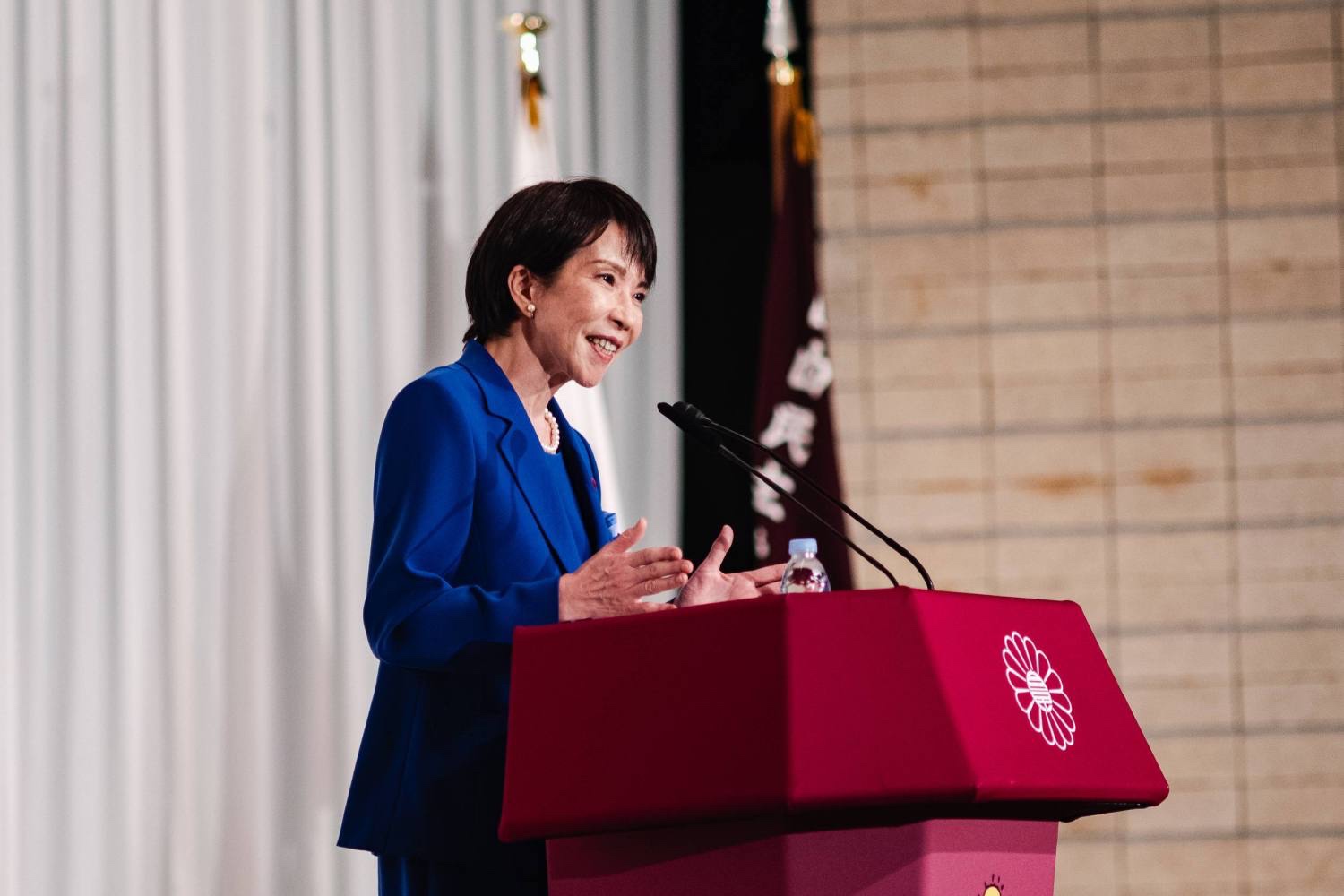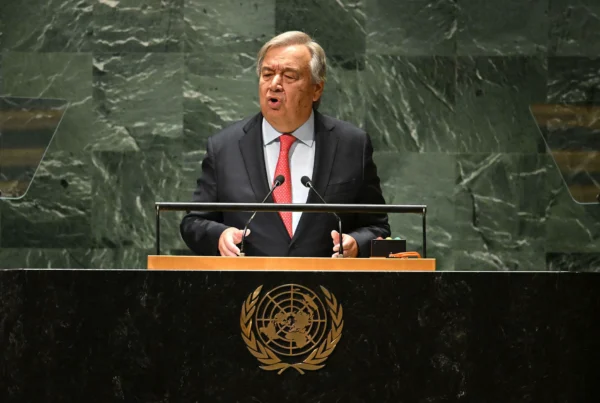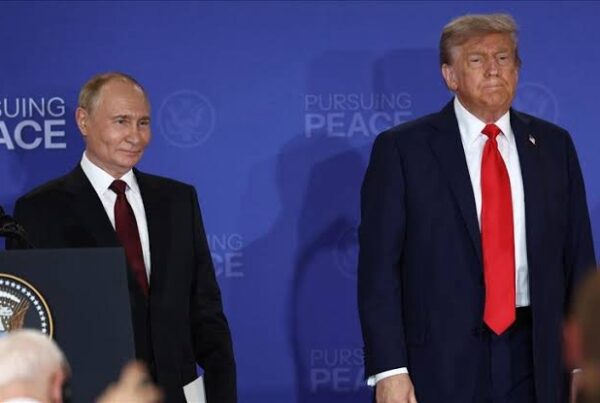The political landscape of Japan has shifted dramatically as Sanae Takaichi was elected the new leader of the ruling Liberal Democratic Party (LDP). This landmark victory places her on a direct path to becoming the country’s first-ever female prime minister, a historic development in a nation with one of the world’s largest economies. Known for her staunchly conservative and nationalist views, Takaichi’s rise signals a potential doubling-down on the policies championed by the late Prime Minister Shinzo Abe, whose legacy continues to shape the party’s direction. Her win concludes a contentious leadership race, reflecting a desire within the LDP for strong, decisive leadership amidst growing regional instability and domestic economic challenges.
A New Era of Conservative Leadership
The election of a new LDP leader is a pivotal event in Japanese politics, as the head of the majority party is traditionally all but guaranteed to become the prime minister. The internal party election drew significant attention both domestically and internationally, seen as a referendum on the country’s future direction after years of moderate leadership. Takaichi’s victory is widely interpreted as a win for the LDP’s more hawkish and nationalist wing, which has long advocated for a more assertive role for Japan on the global stage.
Her campaign was built on a platform of robust economic revival and uncompromising national security. By openly embracing the principles of “Abenomics,” she has reassured a powerful faction within the party that the era of aggressive monetary easing and fiscal stimulus is far from over. Meanwhile, her hardline stance on foreign policy, particularly concerning China and North Korea, resonated with party members who believe Japan must bolster its defenses to navigate an increasingly complex geopolitical environment. This shift suggests a departure from the more cautious diplomacy of recent administrations.
The Path to Victory
Takaichi’s campaign successfully mobilized the conservative base of the LDP, securing crucial support from lawmakers who remain loyal to Shinzo Abe’s political vision. She ran on an unapologetically nationalist platform, which included promises to revise Japan’s pacifist constitution and significantly increase defense spending. This message proved more compelling to party insiders than the more moderate proposals of her rivals, who were perceived as offering more of the same.
Throughout the race, Sanae Takaichi distinguished herself with clear and forceful rhetoric. She vowed to protect Japan’s economic security by insulating critical supply chains from external pressures and promoting domestic technological innovation. Furthermore, her repeated promises to continue official visits to the controversial Yasukuni Shrine, which honors convicted war criminals among others, solidified her image as a leader unafraid to defy international criticism in favor of what she views as national pride.
This strategic positioning allowed her to consolidate a powerful voting bloc within the party. Her victory was not just a personal triumph but a clear indicator of the LDP’s ideological center of gravity. It signals that the party’s most influential members believe a strong, nationalist leader is needed to steer Japan through the economic and security challenges that lie ahead. Consequently, her administration is expected to be defined by this conservative mandate from the outset.
What Her Leadership Represents
The rise of Sanae Takaichi is a moment of profound significance for Japan, particularly for its implications on gender roles in public life. While her ascendancy to the premiership would shatter the ultimate glass ceiling, her policy positions are deeply conservative on social issues, creating a complex narrative. She has not championed progressive gender policies, focusing her career instead on national security and economics.
Her leadership style is often described as direct and uncompromising, a stark contrast to the consensus-driven approach typical of many of her male predecessors. This has earned her both admiration and criticism. Supporters view her as a decisive leader capable of making tough decisions, while detractors worry her ideological rigidity could alienate allies and exacerbate regional tensions.
Ultimately, her premiership will be judged by her ability to deliver on her core promises: revitalizing the economy and strengthening national security. Her success will depend on navigating the intricate factional politics of the LDP while responding effectively to the pressures of a rapidly changing world. The international community will be watching closely to see how this new chapter in Japanese leadership unfolds.
Policy Agenda: Security and “Abenomics” Revived
At the heart of Takaichi’s agenda is a two-pronged approach focused on economic revitalization and a more muscular foreign policy. She has left no doubt that her government will prioritize national strength, both economically and militarily, viewing the two as intrinsically linked. This vision represents a continuation and, in some areas, an intensification of the policies that defined the Abe era, signaling a commitment to a powerful and autonomous Japan.
This policy continuity is a deliberate choice designed to reassure markets and party loyalists. By promising to uphold “Abenomics,” Takaichi signals that her administration will continue the fight against deflation and economic stagnation using proven, albeit controversial, tools. In foreign affairs, her clear alignment with allies like the United States and Taiwan against regional adversaries sets a distinct tone for her future diplomatic engagements, suggesting a more confrontational posture than her immediate predecessors.
A Renewed Commitment to Abenomics
One of the central pillars of Takaichi’s platform is the full-throated endorsement of “Abenomics,” the economic strategy named after Shinzo Abe. This policy mix consists of three “arrows”: bold monetary policy from the Bank of Japan, flexible fiscal policy through government spending, and a long-term growth strategy based on structural reforms. Takaichi has argued that this framework remains essential for pulling Japan out of its decades-long economic malaise.
She has pledged to work closely with the central bank to maintain ultra-low interest rates and continue quantitative easing until a stable 2% inflation target is achieved. In addition, she plans to deploy a significant fiscal stimulus package aimed at boosting domestic demand and supporting businesses affected by global economic headwinds. This commitment to large-scale government spending is intended to signal that her administration will do whatever it takes to secure a robust recovery.
However, critics caution that simply continuing Abenomics may not be enough. They argue that the policy has had mixed results, contributing to a ballooning national debt without generating sustainable, long-term growth. To succeed, the new administration will need to aggressively pursue the third arrow—structural reform—by tackling entrenched issues like labor market rigidity and a lack of corporate dynamism, a task that has proven difficult for past governments.
[Image: Sanae Takaichi delivering a victory speech after being elected as LDP leader] Alt text: Sanae Takaichi speaks to the media after her historic election as LDP leader.Strengthening Alliances in Asia
In the realm of foreign policy, Sanae Takaichi has articulated a vision centered on strengthening Japan’s key alliances to counter growing threats in the Indo-Pacific region. She has been particularly vocal about her desire to deepen security and economic cooperation with Taiwan, a stance that is certain to draw a strong reaction from Beijing. This position aligns her closely with Washington’s strategy of building a network of alliances to maintain a free and open Indo-Pacific.
Her government is expected to advocate for a substantial increase in Japan’s defense budget, with the goal of exceeding the NATO standard of 2% of GDP. These additional resources would be invested in advanced military capabilities, including long-range missiles and cyber defense systems. For more details on this subject, authoritative sources like [tautan mencurigakan telah dihapus] often provide in-depth analysis of Japan’s defense posture.
Furthermore, Takaichi is a long-time proponent of revising Article 9 of Japan’s post-war constitution, which renounces war as a sovereign right. While a constitutional revision is a politically difficult and divisive process, her advocacy signals a clear intent to move Japan away from its pacifist identity toward becoming a more “normal” military power. This ambition reflects a belief that Japan can no longer rely solely on the U.S. security guarantee and must take greater responsibility for its own defense.
Navigating Domestic and International Challenges
Despite her decisive victory within the LDP, Sanae Takaichi will face a formidable array of challenges upon taking office. Domestically, she must address deep-seated economic issues, including a rapidly aging population, stagnant wages, and rising inequality. Her success will hinge on her ability to build a broad consensus for her policies, both within her own party and among a public that may be wary of her hardline conservative ideology.
Internationally, she will step onto a stage fraught with tension. Managing the complex relationship with China will be her most immediate and difficult task. Her strong support for Taiwan and calls for a tougher stance against Beijing’s assertiveness will require delicate diplomatic maneuvering to avoid open conflict. At the same time, she will need to reassure allies in the region and beyond that Japan remains a stable and reliable partner committed to international norms and cooperation.
Uniting a Diverse Party
While she secured a victory, the LDP remains a party of diverse factions, not all of which are aligned with her conservative vision. Takaichi’s first challenge will be to unite these groups behind her leadership. Appointing a cabinet that balances different factional interests will be crucial to maintaining party stability and ensuring her legislative agenda can pass through the Diet smoothly. Failure to do so could lead to internal gridlock and weaken her administration from the start.
Her nationalist rhetoric, while popular with the party base, may prove less so with the general electorate. Public opinion in Japan often favors a more moderate and cautious approach to both domestic and foreign policy. Takaichi will need to moderate her tone and demonstrate a willingness to compromise if she hopes to win broader public support and secure a strong mandate in the next general election.
This balancing act between appealing to her conservative base and governing for the entire nation will define the early days of her premiership. How she navigates this challenge will determine whether she can translate her historic victory into a successful and transformative term in office.
The Global Reaction
The world will be watching Sanae Takaichi’s first moves as prime minister with great interest. Washington will likely welcome her tough stance on China and her commitment to strengthening the U.S.-Japan alliance. However, her nationalist positions, particularly regarding historical issues, could create friction with other regional neighbors like South Korea, where memories of Japan’s colonial past still linger.
European nations will be keen to see how her economic policies impact global markets and whether her administration will continue to champion free trade and international cooperation. Her leadership will be a test of whether Japan can carve out a more assertive role on the world stage without isolating itself. Her ability to build personal relationships with other world leaders will be critical to her diplomatic success.
Ultimately, her tenure will be a defining moment for Japan. It will show whether the country is ready to embrace a new style of leadership—one that is female, unapologetically conservative, and determined to restore Japan’s position as a leading global power.
Sanae Takaichi’s election marks a pivotal moment in modern Japanese history, heralding both the potential for the nation’s first female prime minister and a decisive shift toward a more conservative, nationalist agenda. Her leadership promises a continuation of Abenomics and a more assertive foreign policy, particularly in strengthening ties with Taiwan and other regional allies. However, she faces significant challenges in uniting a divided party and navigating a complex web of domestic and international pressures. Her ability to balance her strong ideological convictions with the pragmatic demands of governance will ultimately determine the success of her administration and shape Japan’s trajectory for years to come. For more in-depth analysis of political developments across the globe, continue exploring Olam News.









